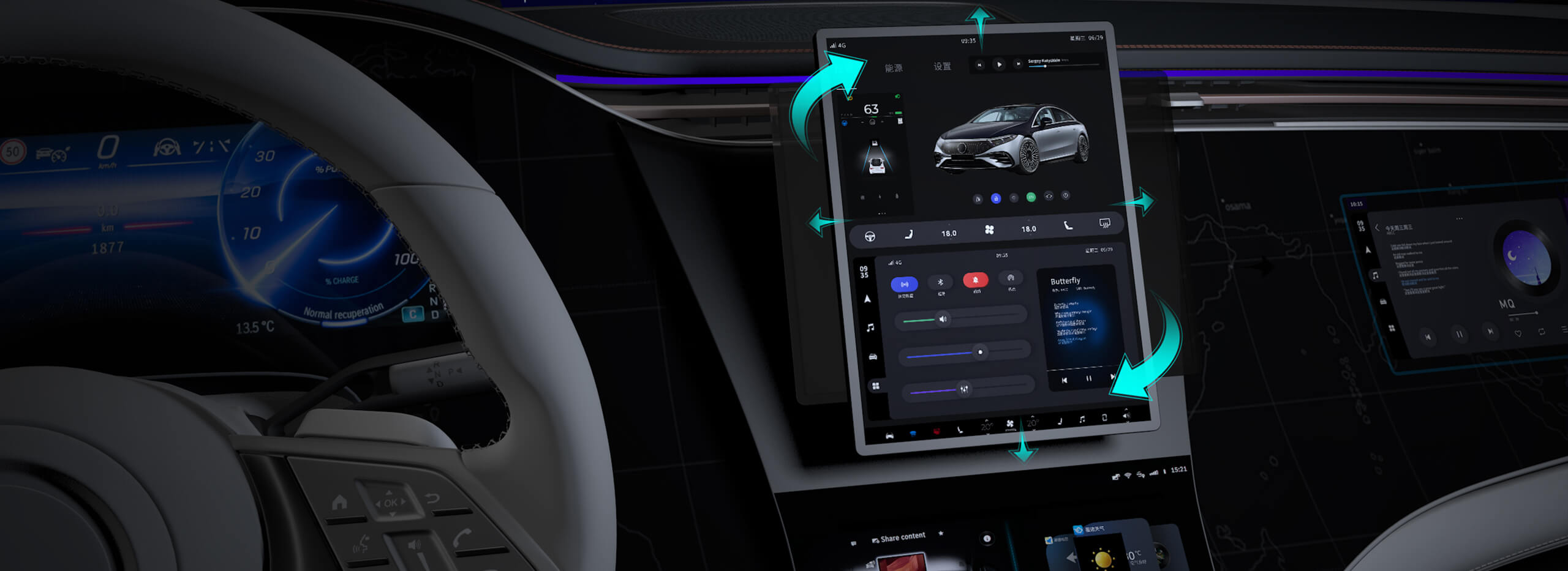Microservices vs. Monolithic: Why More Companies Are Making the Switch
If you've ever looked into software architecture, you might have heard the buzzwords "microservices" and "monolithic." It’s easy to get lost in all the tech jargon, but let's break it down simply.

Imagine your software is a massive restaurant. In a monolithic system, everything—the kitchen, the front desk, the waitstaff, and the dishes—is all part of one big operation. So, if one small issue pops up in the kitchen, the entire restaurant shuts down. Not ideal, right?
Now, think of microservices like a group of smaller, specialized food trucks. Each one focuses on a specific dish. If one truck runs into trouble, the others can keep serving, and the whole operation isn’t impacted. This flexibility is a key reason more businesses are opting for microservices over traditional monolithic setups.
So, what makes microservices so appealing?
Scalability
Scaling is a breeze with microservices. Want to serve more customers? You can just add another truck to the fleet, focusing on the dishes that are in high demand. No need to change the whole restaurant setup. With monolithic systems, scaling up typically means revamping the entire infrastructure, which can be time-consuming and costly.
Faster Updates
With microservices, you can tweak individual food trucks (or services) without impacting the others. Got a new dish? Update just that truck. In a monolithic system, if you want to add a new feature or fix a bug, it could mean rewriting the entire restaurant's process. Microservices let you move fast without the headaches of a full overhaul.
Improved Fault Tolerance
Microservices are resilient. If one food truck breaks down, you can still rely on the others. In a monolithic system, one glitch can bring the whole operation to a halt. Microservices are like having backup trucks that are constantly ready to take over if something goes wrong.
But what about the drawbacks?
Of course, it’s not all smooth sailing with microservices. For instance, managing multiple services can become complex. It’s like trying to coordinate a fleet of food trucks instead of running a single restaurant. Each truck (or service) has its own set of requirements, which might require more oversight and management tools. Plus, you need to make sure all these services are communicating effectively with each other, which can add a layer of complexity to the system.
But let’s face it—modern businesses have a lot more to gain from the flexibility and scalability that microservices bring. As companies grow, they need to stay nimble and adapt quickly. Microservices allow that, whereas a monolithic system might hold them back.
At the end of the day, the choice depends on your company’s size, goals, and long-term vision. If you're aiming for efficiency, speed, and resilience, then moving towards microservices could be a game-changer.
It’s like this: the world is moving faster than ever. To stay ahead, you need a system that’s just as flexible and dynamic. With microservices, you get just that. Why settle for one big, slow-moving machine when you can have an agile, specialized team working together seamlessly?
Established in 2005, Kpower has been dedicated to a professional compact motion unit manufacturer, headquartered in Dongguan, Guangdong Province, China. Leveraging innovations in modular drive technology, Kpower integrates high-performance motors, precision reducers, and multi-protocol control systems to provide efficient and customized smart drive system solutions. Kpower has delivered professional drive system solutions to over 500 enterprise clients globally with products covering various fields such as Smart Home Systems, Automatic Electronics, Robotics, Precision Agriculture, Drones, and Industrial Automation.




































